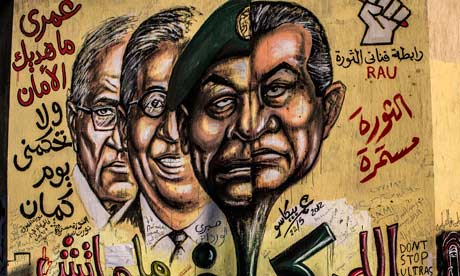The issues surrounding slum clearing can be summed up in the following quote from Slumlifting; “Approaches that involve large-scale, rapid change have razed slums, relocated populations,and infused poverty zones with cash through major public works, but have failed to eradicate the problem precisely because complex systems such as cities can only absorb so much change at one time.”(1)
Time has shown us countless times that simply clearing slums results in an infinite number of new problems. Due to this, the only clear solution to aid those living in slums is to empower those in slums, infiltrate the slums, learn from the slums, and ultimately design a networked solution to these discoveries found in the process.
An issue with planning for these slums is the fact that they, until recently are somewhat hidden from public eye. This has begun to change with the advent of Google Earth and even more recently the designation of Rio de Janeiro as the site for the 2016 Summer Olympics. Both of these events are in a sense an instigator to, as highlighted previously, find a networked solution to the problems associated with slums.
The Sustainable Living Urban Model Laboratory (SlumLab) toolbox, which was designed by Urban Think Tank (UTT) was devised to unpack these issues, sifting through them addressing problems encompassing five themes: “transportation infrastructure, water and sanitation, density and verticality, slum morphology, and local footprints/efficiency.”(1)
It is quite obvious that the categories established by UTT to tackle are, to put it bluntly, things we take for granted, however the solutions to these problems are rather innovative. For instance the Metrocable transit system for the favela San Augustin in Caracas carries patrons 1.3 miles down the hillside to connect with the cities metro system.(1) This solution not only connects the favela with the rest of the city in an energy-efficient, low cost way, but does so without the interruption of the densely populated area below it.
Other solutions solve even larger problems on the list such as water and sanitation through a network of individual rainwater harvesting; water can be collected during the rainy season and stored for use during the dry season. This solution is extremely valuable as water in Caracas now costs more than gasoline.(1) But what about Sanitation? Lack of proper sanitation causes a plethora of disease based issues. One solution, dry toilets are an exceptional answer to this. These toilets have been tested in Caracas and are awaiting to be approved by the government.(1)
It was only until recently that favelas have gained electricity, but this electricity isn’t typically from the grid, at least in a legal way, instead those living in the slums steal electricity by tapping into power lines etc. This process of tying into the grid is not only used for electricity, it is also used for water, the term for the illegal connections made to the grid is called Gatos, meaning “Cats”.(2) Interestingly enough, UTT is researching ways to change this, allowing those living in favelas to get their electricity by cheap legal means, that being using the common favela roof material corrugated metal as a solar panel.(1)
Favelas are a postmodern construction, thus they need new creative ways of solving their issues.(2) That said, with roughly 1/3 of the worlds population living in slums, a shift in the type of design by professionals will come about, this as illustrated above, has already become underway.
1) Slumlifting by Alfredo Brillembourg of Urban Think Tank
2) Resisting Representation by Daniela Fabricius


